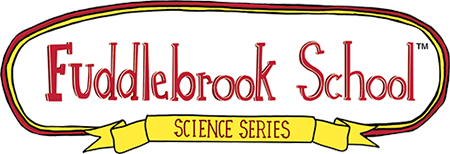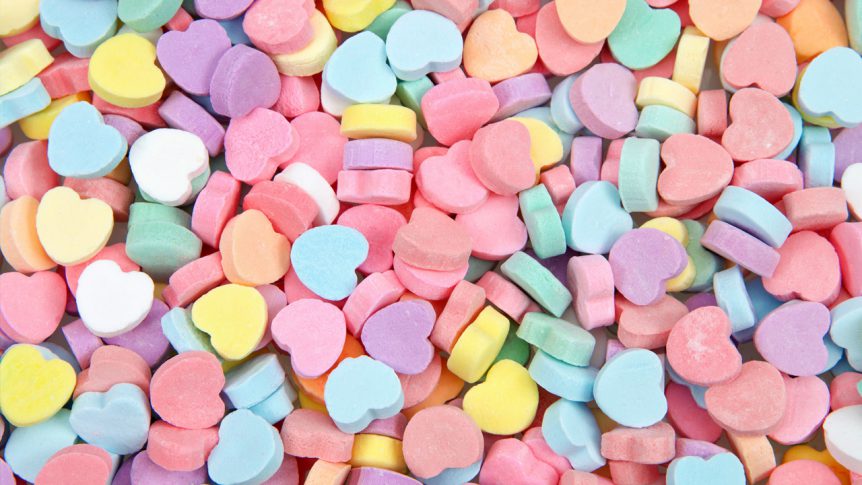Valentine’s Day is upon us. And probably like most of us, you are ready for a little break from the hum-drums of winter. Valentine’s Day is the perfect opportunity for that, but have you ever wondered how this holiday of love came about?
According to many sources, Valentine’s Day began with the Roman festival of Lupercalia, held in mid-February. The festival celebrated the coming of spring and included the pairing off of women with men by a lottery. (Clearly, this was all before the Women’s Movement!) Pope Gelasius l replaced Lupercalia with St. Valentine’s Day. One legend says the name came from a martyred priest whose name was Valentine. Supposedly he signed a letter to his jailer’s daughter “from your Valentine.”
Fun Facts about Valentine’s Day
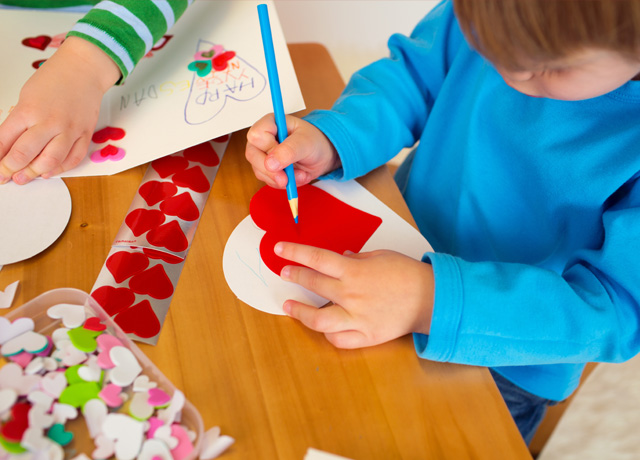
- Passing out Valentine’s Day cards is a 600-year tradition. The oldest record of a valentine was a poem Charles Duke of Orleans wrote to his wife when he was imprisoned in the Tower of London in 1415.
- Time reports Esther Howland is the first manufacturer of valentines. She became known as the “Mother of the American Valentine.”
- According to Hallmark, 144 million Valentine cards are purchased each year in the U.S. alone.
- In the Middle Ages, young men and women drew names to see who would be their Valentine. They would wear the name pinned to their sleeve hence the phrase “wearing your heart on your sleeve.”
- Candy hearts were originally medical lozenges.
- According to the National Confectioners Association, caramels are the most popular flavor in chocolate boxes.
Now that you know all about Valentine’s Day, Have Fun with Science
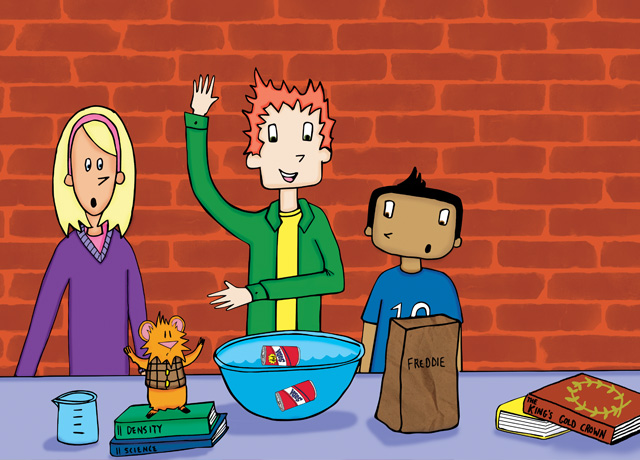
- Kids can learn about density by reading the Fuddlebrook story, “The Mystery of the Floating Can.” Freddie tries to convince his friends that space creatures made one of his soda cans float and the other one sink. Of course, Mrs. Wigglebum teaches the real reason by explaining the concept of density to her students. Try this same experiment using miniature Snickers® and 3 Musketeer® candy bars instead of diet and regular soda. All candy bars do not have the same density! Test and find out!
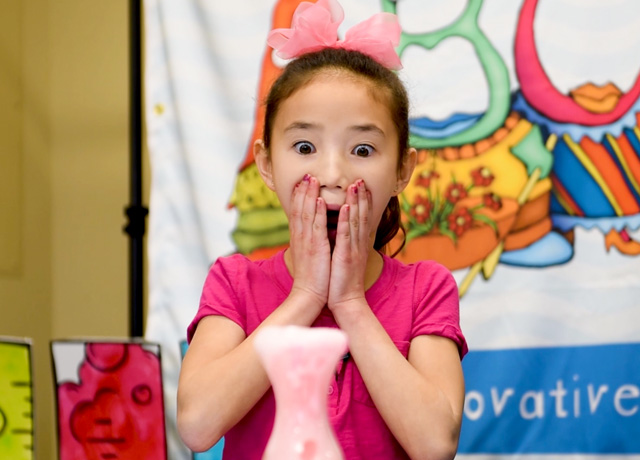
- Of course, no Valentine’s Day would be complete without doing a “Love Potion.” Read Mrs. Wigglebum’s Love Potion and have the children make their own potion. Your Valentine’s party will be a hit for sure!
Seize the opportunity to incorporate science into your Valentine Day’s events. The party will be so fun, kids won’t even know how much they are learning!
